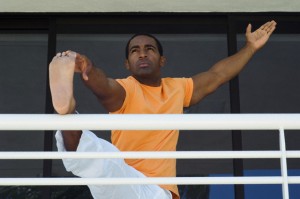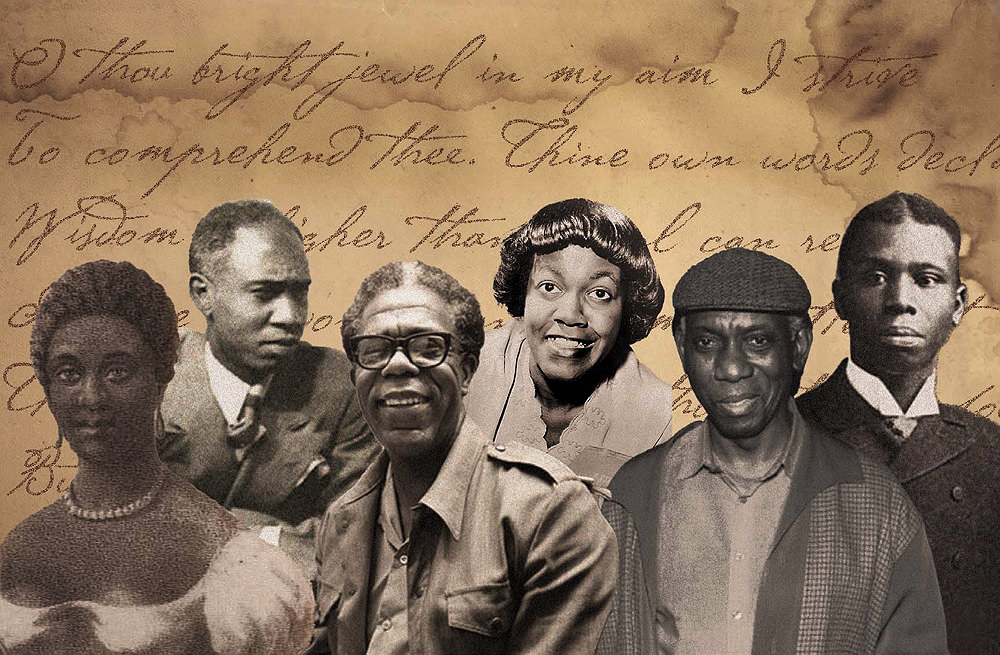(ThyBlackMan.com) Stretching, or flexibility training, is an essential part of a complete workout program. The term flexibility is defined as range of motion within a joint and should be included in EVERY workout session. The benefits include increased physical efficiency, decreased risk of injury, increased blood supply and nutrient exchange to working muscles and improved muscular balance and posture.
The two basic types of flexibility: Static and Dynamic flexibility. Static flexibility involves holding a stretch or position for a specific amount of time, like a dancer maintaining a split. Dynamic flexibility is movement through a range of motion with an emphasis on maintaining speed and force. Imagine the same dancer performing split leaps across the floor. The three most  common techniques used to achieve flexibility are: static stretching, ballistic (or dynamic) stretching, and active isolated stretching (AIS).
common techniques used to achieve flexibility are: static stretching, ballistic (or dynamic) stretching, and active isolated stretching (AIS).
Types of Stretches
Static Stretching: This is a low, gradual, and controlled elongation of the muscle through a full range of motion.
What to do: Using your quadriceps as an example, bend the knee and hold the foot behind the body close to the buttocks for at least 30 seconds.
Why: Stretching in this way allows the central nervous system to slowly adapt to the change in muscle length and provides a safe and effective technique for lengthening the muscles.
Dynamic, or Ballistic Stretching: Employs fast, uncontrolled bobbing or bouncing within a range of motion. Because this technique places a high force on muscle tissues, it is not recommended for the general population. The higher risk of muscle injury involved in this technique makes it inappropriate for most people and should only be used by well-trained athletes under close supervision.
AIS, active isolated stretching: This is basically a combination of static and dynamic stretching, and my personal favorite. This technique holds a stretch for no more than 2 seconds then releases the stretch and the body segment is returned to the starting position.
What to do: Picture the client on her back with the right leg extended into the air. A band or towel is placed around the foot to aid in the process. The client bends her knee into her chest with both hands holding the ends of the band. Keeping the knee as close to the body as possible, she straightens the knee to stretch the hamstring, holds for two seconds then returns to the bent-knee position. This is repeated 8-10 times with each stretch gradually increasing the length of the hamstring.
Why: The overall goal is to stretch the muscle a few degrees more each time.
Remember, flexibility training is vital to optimal muscle health and should be included in EACH workout to ensure the best results.
Written By Steffanie White




















Leave a Reply